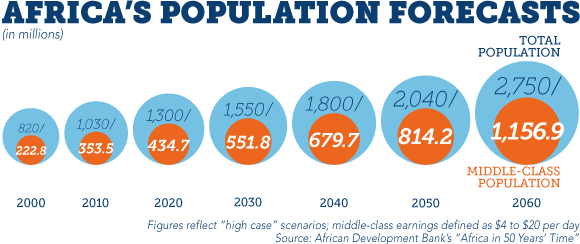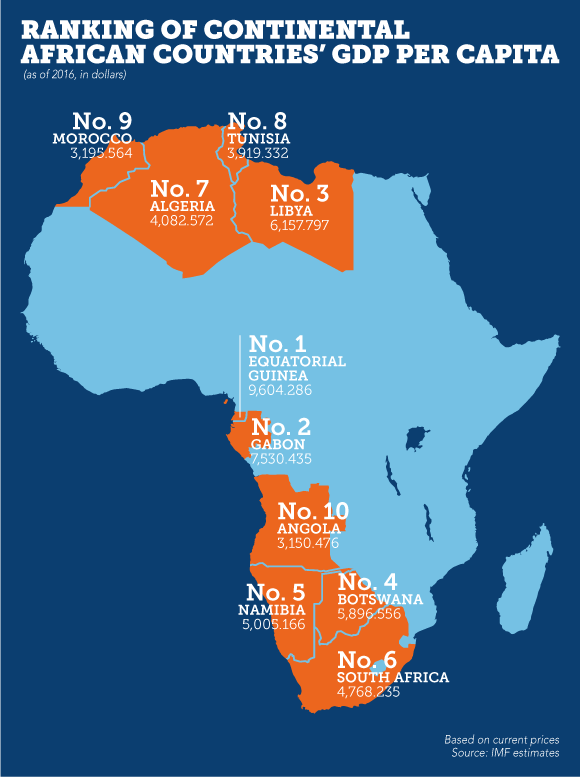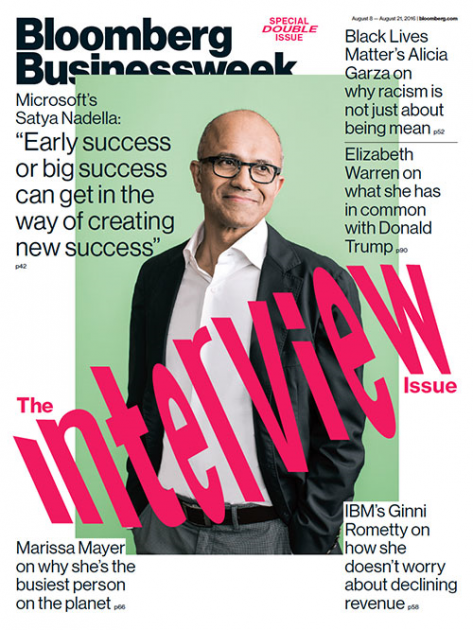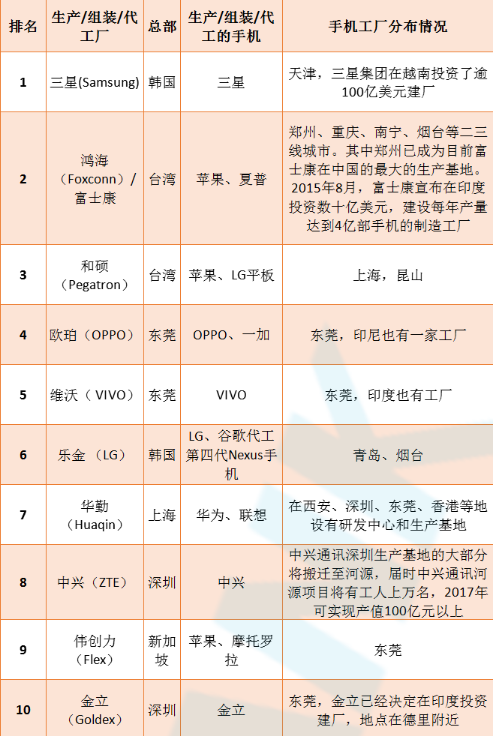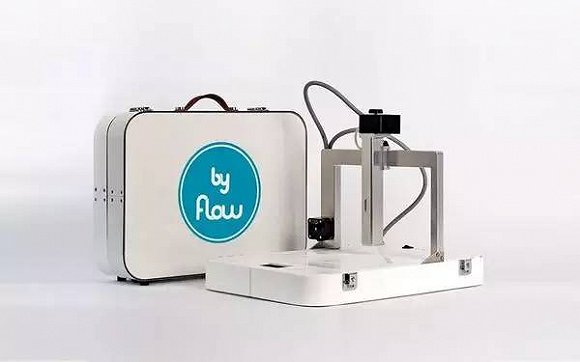
8-8: Qualcomm has entered into a new 3G and 4G Chinese Patent License Agreement with vivo; Samsung would make the edge display as the identity of the Galaxy S lineup; etc.
|
Chipset |
| Qualcomm has announced that it has entered into a new 3G and 4G Chinese Patent License Agreement with vivo. Under the terms of the agreement, Qualcomm has granted vivo a royalty-bearing patent license to develop, manufacture and sell 3G WCDMA and CDMA2000 and 4G LTE (including “3-mode” GSM, TD-SCDMA and LTE-TDD) complete devices for use in China. (CN Beta, Hexun, Woyoo, Yahoo, Bloomberg, PR Newswire, Tencent) |
|
Touch Display |
| LG was recently able to increase the production yields at its OLED TV fab, and is increasing its production target to 1.7 million panels in 2017. (OLED-Info, MK) |
| Japan Display has requested financial support from its largest shareholder, the Innovation Network Corporation of Japan, a public-private fund. Apple, whose iPhone has lost its luster, accounts for more than 50% of the leading panel maker’s sales. With a drop-off in iPhone sales, Japan Display is struggling to maintain a healthy cash flow. (Asia Nikkei, CN Beta) |
| According to Samsung’s mobile chief Dong-jin Koh, Samsung has considered that it would make the edge display as the identity of the Galaxy S smartphone lineup. (Ubergizmo, Korea Herald) |
|
Battery |
| An X-ray microscopy technique “scanning transmission X-ray microscopy (STXM)” recently developed at the Department of Energy’s Lawrence Berkeley National Laboratory (Berkeley Lab) has given scientists the ability to image nanoscale changes inside lithium-ion battery particles as they charge and discharge. This provides a new way to learn how batteries work, and how to improve them. (CN Beta, Science Daily, Science Blog) |
|
Smartphones |
| The African Development Bank estimates the continent’s middle-class population will grow to 1.15 billion by 2060, 3.2 times larger than in 2010. The middle-income portion of the population is seen increasing to 42%, from 34%, over the same period. Mckinsey & Company predicts that Africa’s overall consumer spending will surge from USD860 billion in 2008 to USD1.4 trillion in 2020. The number of households with discretionary income will swell to 128 million. (Asia Nikkei, article pt1, pt2) |
| Apple reportedly planning USD1 billion database center and R&D facility in Vietnam. (Apple Insider, Bizlive, Hexun, ChinaZ) |
| Samsung Electronics is shifting its business focus from business growth to profits as it prepares for a transition to the post-smartphone age under the leadership of Vice Chairman Lee Jae-yong. No company is facing challenges as high as Samsung, but under the new leader it has decided to make a major change to its old sales structure. (CN Beta, Korea Times) |
| Microsoft CEO Satya Nadella has discussed where the company is headed and his perspective on Microsoft’s transformation. Nadella talks repeatedly of Microsoft’s shift in focus to cloud computing and building its Azure business. He breaks it down to his approach every day to being of a “learn-it-all” mindset and not get stuck in a “know-it-all” mentality. (CN Beta, Business Insider, Geek Wire, Win Beta, Bloomberg) |
| IC Union lists the top 50 global phone manufacturers / assemblers / ODMs. (IC Union, article) |
|
Internet of Things |
| Growth in demand for industrial robots in China fell by more than 2/3 to 17 % in 2015 – and yet more than 40 robotics parks have sprouted throughout the country in the last 2 years. In June, the National Business Daily reported Vice Minister of Industry and Information Technology Xin Guobin warning that China’s robotics industry is showing signs of over investment and of “a high-end sector becoming low-end”. (TechNews, Business Insider, Disruptive Views, CNBC) |
| Jens Bjoern Andersen, CEO of Nordic region’s biggest road transport company DSV A/S, predicts that the trucks can start operating without drivers within the next 5-10 years. (ETF Daily News, Bloomberg, CN Beta, Standard Examiner) |
| Food Ink in London, UK is a concept restaurant using 3D printing technologies for its food. It uses byFlow Focus 3D printer, which allows chefs to use ingredients like hummus, chocolate moose, or other paste-like foods to create dishes. The restaurant also uses 3D printing to make the utensils, the furniture. (Digital Trends, Food Ink, Winshang, 3DSC) |
